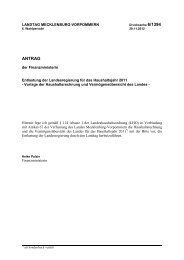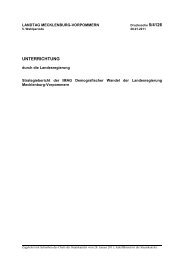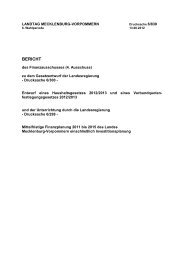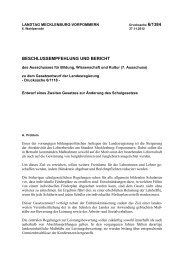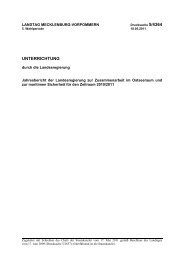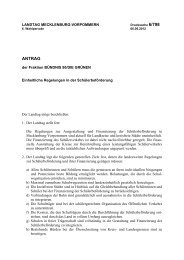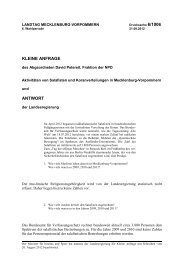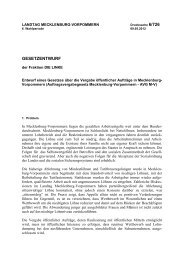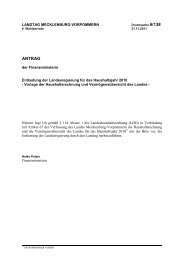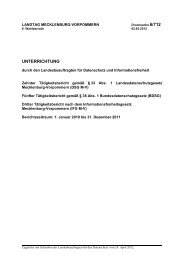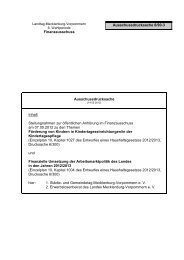Baltic Rim Economies - Baltic Port List
Baltic Rim Economies - Baltic Port List
Baltic Rim Economies - Baltic Port List
Create successful ePaper yourself
Turn your PDF publications into a flip-book with our unique Google optimized e-Paper software.
Expert article 913 <strong>Baltic</strong> <strong>Rim</strong> <strong>Economies</strong>, 21.12.2011 Quarterly Review 5�2011<br />
Dioxin in <strong>Baltic</strong> salmon and herring – is it a toxicological problem?<br />
By Mikko Nikinmaa<br />
Big <strong>Baltic</strong> salmon and herring often contain dioxin levels<br />
that exceed the limits set to food items in the European<br />
Union. The permissible level agreed upon is solely a<br />
convention. Setting a limit based on scientific grounds<br />
would be impossible, as for example the acute toxicity of<br />
dioxin in different rat strains varies 10000-fold. Setting an<br />
equal limit for all food items does not take into account that<br />
the consumption of different items varies markedly. In<br />
Finland the milk consumption per day exceeds the<br />
consumption of <strong>Baltic</strong> herring and salmon per month. Yet<br />
the dioxin limits for both food sources are the same.<br />
After 1970’s the levels of both dioxin and PCBs<br />
(polychlorinated biphenyls, their toxicity is often given as<br />
dioxin equivalents) in the <strong>Baltic</strong> Sea environment have<br />
decreased, mainly as the result of increasing efficiency of<br />
water cleaning in paper and pulp industry. The decreased<br />
environmental contamination has been seen in <strong>Baltic</strong> Sea<br />
animals. Whereas seals in 1960’s and 1970’s were quite<br />
often infertile, at present their reproduction is so effective<br />
that they are a major fish consumer in the <strong>Baltic</strong>. The<br />
estimated population of grey seal in the <strong>Baltic</strong> Sea is<br />
currently approaching 10000; a five-fold increase from the<br />
population below 2000 in 1970’s.<br />
Despite the fact that both dioxin and PCBs have not<br />
been released in the environment in significant amount<br />
during the past years, they are still found in quite high<br />
concentrations. The major factors contributing to this are<br />
that the compounds are very stable and lipohilic.<br />
Consequently, they accumulate in organisms and<br />
concentrate in top predators such as salmon and seals.<br />
Since salmon and herring are typically quite fatty fish,<br />
lipophilic toxicants, such as dioxin, accumulate in them<br />
easily. Because dioxin and PCBs are very stable they are<br />
included in persistent organic pollutants (POPs).<br />
Owing to the facts that dioxin concentration in <strong>Baltic</strong><br />
Sea and its organisms is on the decline, that the<br />
permissible level is based on agreement and not hard<br />
scientific evidence and that the agreed permissible levels<br />
do not take into account the likely differences of intake, one<br />
can conclude that the presently observed dioxin levels in<br />
<strong>Baltic</strong> herring and salmon are not toxicologically important.<br />
They do not present a threat either to the organisms<br />
themselves or humans that are eating them.<br />
Although one of the factors causing high dioxin levels in<br />
herring and salmon is that they are fatty fish, the regulation<br />
of dioxin levels in fish is poorly known. Dioxin and many<br />
other aromatic hydrocarbons go to the aryl hydrocarbon<br />
receptor (AhR) –dependent biotransformation pathway to<br />
be transformed to excretable forms. Because research on<br />
aryl hydrocarbon receptor started from toxicological angle,<br />
the protein is often called dioxin receptor. However,<br />
although the biotransformation pathway handles organic<br />
man-made toxicants, it did not evolve because of the<br />
recently produced artificial compounds such as dioxin.<br />
Rather, the pathway exists in animals as diverse as the<br />
nematode Caenorhabditis elegans and man. One of the<br />
functions that the AhR-dependent pathway is involved in is<br />
the development of neural system.<br />
The ligands that the AhR-pathway has evolved to<br />
handle are poorly known. In addition to the involvement of<br />
the pathway in the development of neural systems (with<br />
unknown ligands), it may have evolved for the<br />
76<br />
biotransformation of toxic compounds in food, possibly of<br />
any coloured compounds (which are often aromatic<br />
molecules), or to treat breakdown products of compounds<br />
like haemo- and other globins or chlorophylls.<br />
In fact, treating toxic food compounds may be the<br />
reason why dioxin remains at elevated levels in salmon and<br />
herring. The foodstuffs eaten by fish and by terrestrial<br />
domestic animals are markedly different. The compounds<br />
contained in cyanobacteria, phytoplankton and zooplankton<br />
are taken in by aquatic animals and will be transferred to<br />
the highest trophic level, top predators. Thus, these<br />
animals will need to be able to treat all the compounds<br />
ingested in the normal food. The compounds reaching the<br />
aquatic, mainly animal-eating, fish, and terrestrial domestic,<br />
mainly plant-eating, animals, are necessarily quite different.<br />
So, if the AhR-pathway plays a role in treating toxic<br />
compounds in food, one can expect that the structure of<br />
aryl hydrocarbon receptors in fish and mammals is<br />
different. Owing to the different structures of the receptors<br />
their ability to treat unnatural ligands such as dioxin can be<br />
markedly different. The possibly important role of the aryl<br />
hydrocarbon receptor in treating compounds contained in<br />
the natural food of aquatic animals is suggested by the fact<br />
that fish have evolved a more versatile AhR system than<br />
any terrestrial vertebrates.<br />
Fish aryl hydrocarbon receptors bind and treat dioxin<br />
more poorly than mammalian ones. Since the ability to<br />
convert dioxin to a more polar compound is necessary for<br />
excretion, dioxin remains in fish but can be excreted in<br />
mammals. As the compound remains unaltered, it<br />
concentrates in fatty fish. The highest levels are reached in<br />
the biggest and oldest fish.<br />
Understanding the reasons behind and possible<br />
consequences of high dioxin levels in fish requires that the<br />
functions of the animals is known in detail. The dioxin<br />
example illustrates that any investigations of environmental<br />
problems needs a functional component to evaluate<br />
alterations in ecosystems. Although environmental effects<br />
are often considered without physiological studies, one<br />
should remember that environmental effects can only take<br />
place, if the function of some organisms in the ecosystem<br />
is affected. Only by combining genetic, physiological and<br />
ecological approaches can environmental responses be<br />
understood. Such understanding is required to predict the<br />
economic consequences of environmental disturbances.<br />
Mikko Nikinmaa<br />
Professor<br />
Department of Biology<br />
University of Turku<br />
Finland<br />
� Pan-European Institute � To receive a free copy please register at www.tse.fi/pei �



